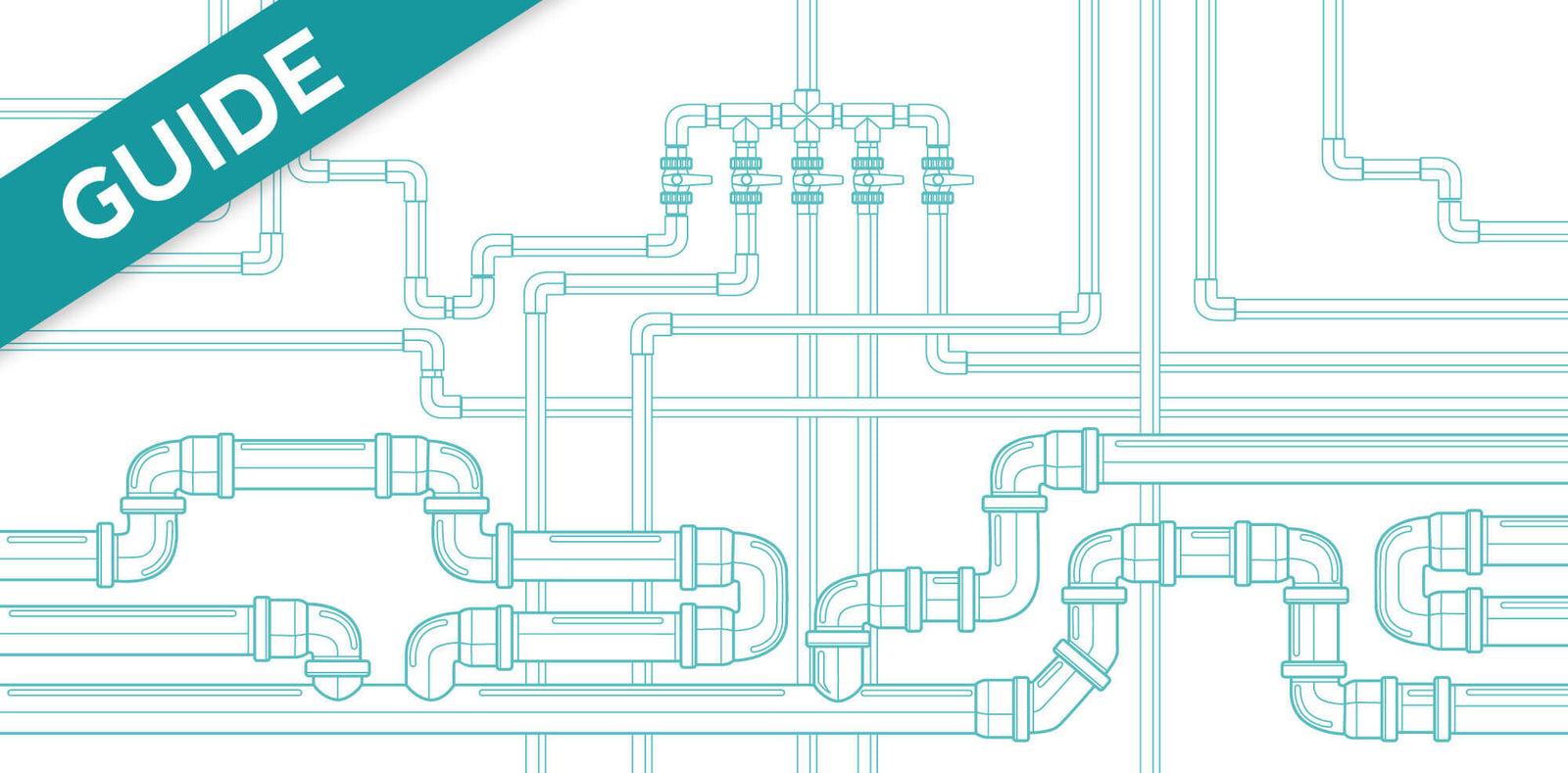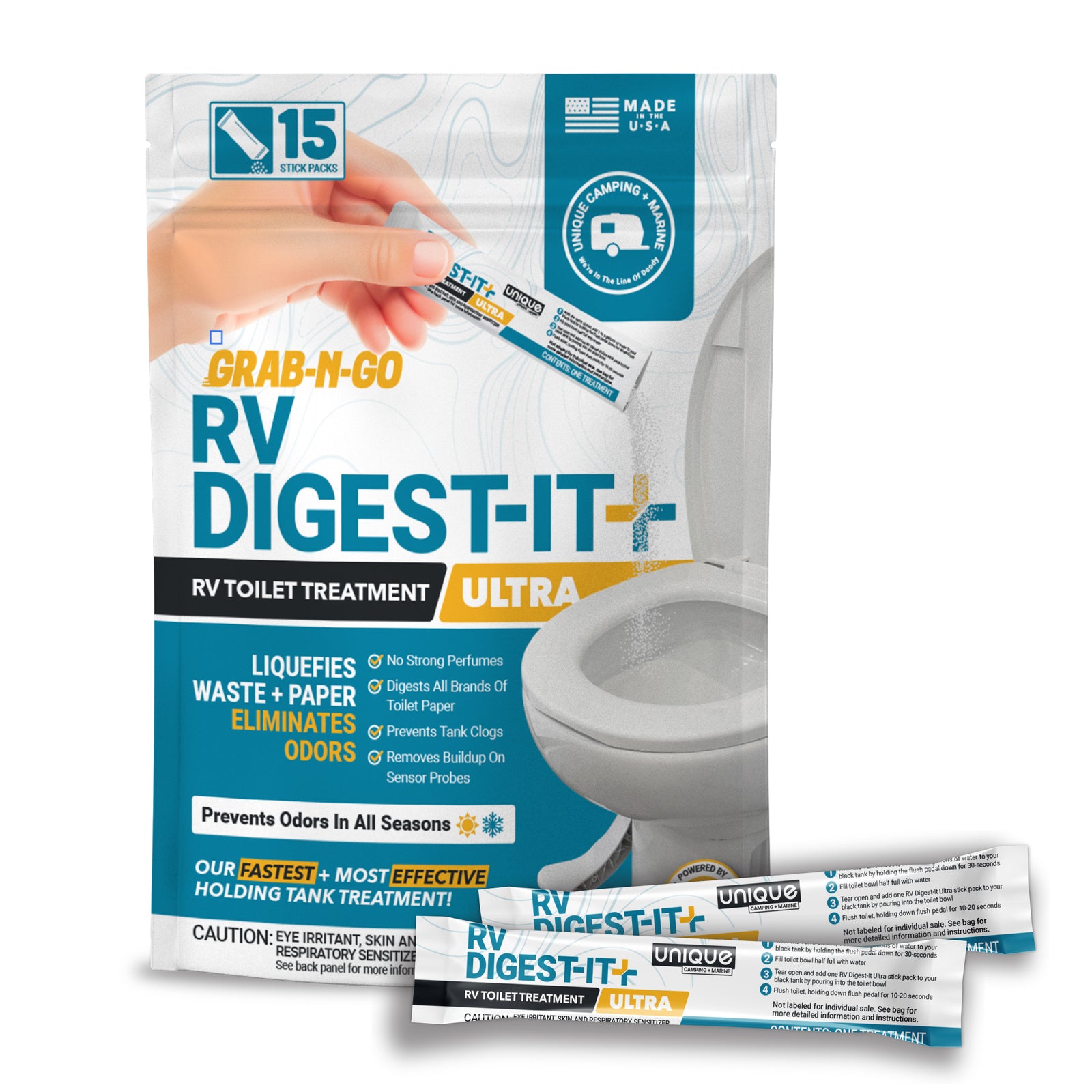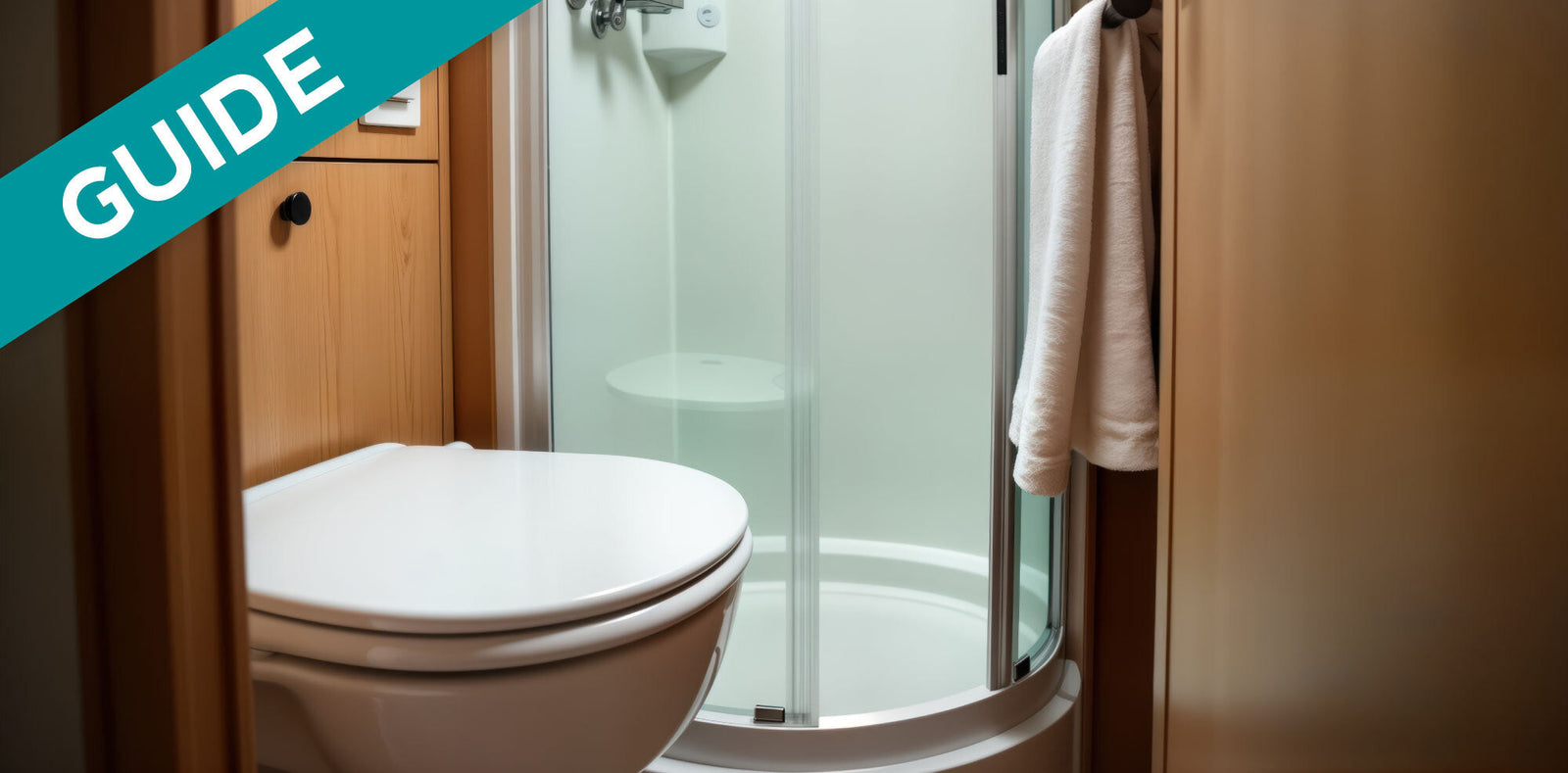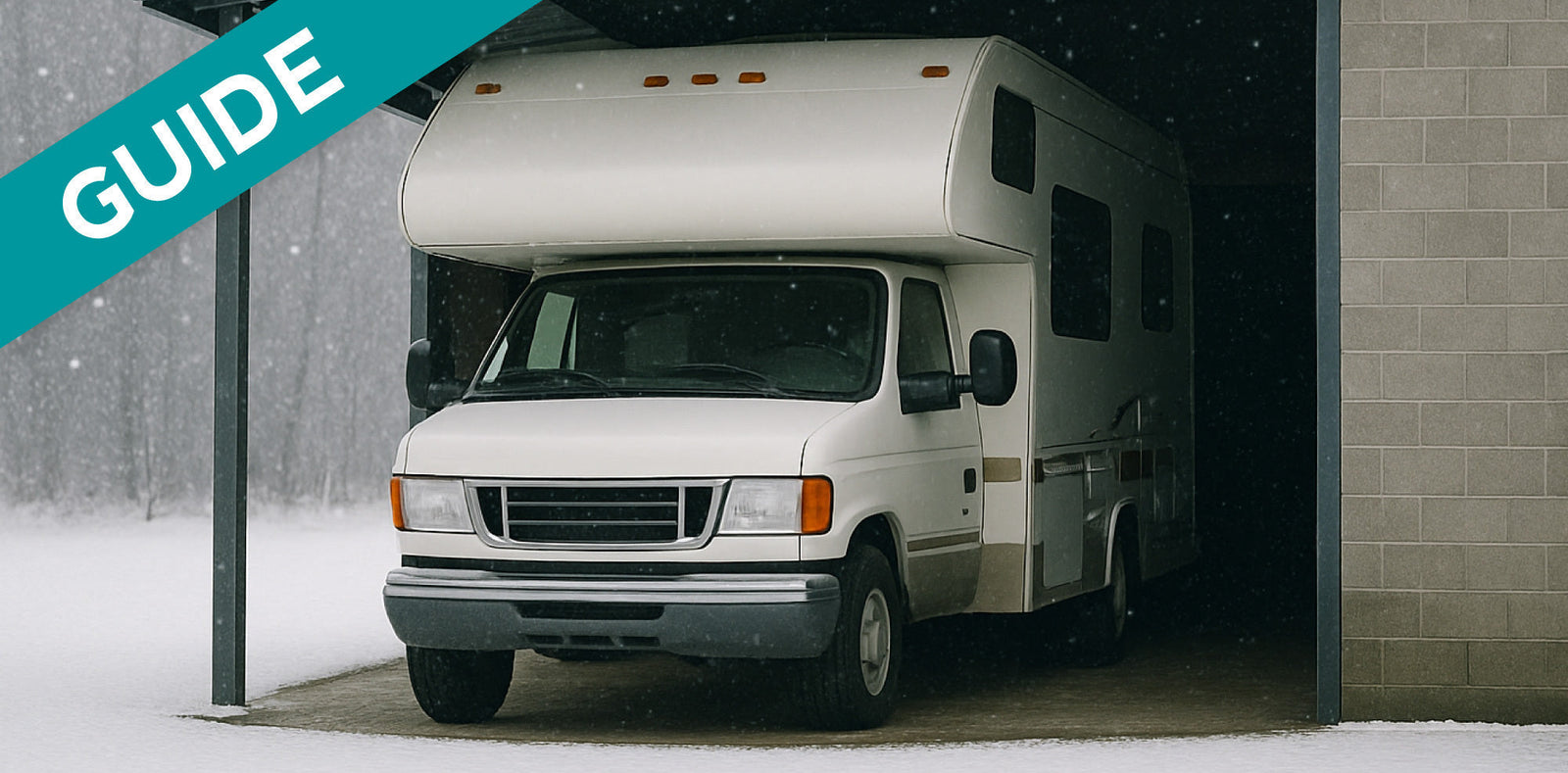
KEY POINTS:
- There are major differences between an RV bathroom and a home’s bathroom! RV bathrooms use holding tanks to store waste until you are ready to dump; home bathrooms bypass this step and send waste directly to the septic system. RV holding tanks can require more care than a traditional home bathroom.
- When using your RV bathroom, you must only allow certain items to enter your tanks. Gray tanks can malfunction if large amounts of grease and fat are allowed to enter via the drains. You should only allow human waste and toilet paper into your black tank.
For many RVers, owning a motorhome can be an extension of your home life. And for those of you that are full-time RVers, it isyour home life! But you should know that despite your RV’s luxuries, there are still some major differences between your RV and a home, primarily in places like your bathroom. In this guide, we’ll discuss the biggest differences you should keep in mind when approaching your RV bathroom. We’ll be focusing on plumbing, ventilation, what you can flush, and preventative care.
Home Bathrooms Vs. RV Bathrooms
In your home bathrooms, waste is flushed down the toilets or drains and goes directly into the sewer or septic system. RV bathrooms on the other hand use a combination of holding tanks, plumbing, and ventilation to keep your bathroom-related waste contained until you dump the tanks at an approved dumping station or into a septic system.
There are actually two types of holding tanks used in your RV bathroom, a gray tank that collects water from your sinks, shower, and bathtub and a black tank that collects water and waste from your toilets. The two types of tanks are kept separate because of the different kinds of waste.
Both the gray and black tanks in your RV have ventilation systems that pull air through the tank and release it out of the top or side of the RV. For the most part, the ventilation process occurs while you are driving.
Now that we have a good understanding of the layout of these systems, let’s explore what should and shouldn’t be allowed to go in them.
Guide Continued Below

Sign Up + Save
Join our newsletter and save $5 on your next order! Plus, get exclusive members-only discounts, access to our library of downloadable guides, and insider information on new products and promotions.
What’s Allowed In Your RV Holding Tanks
What is allowed in your holding tanks is quite the divisive topic in the RV world. In this guide we skim the surface of that topic, but if you want to read a guide that goes more in-depth on this topic click here.
Gray Tanks
The only thing you want going into your gray tanks is water. The more you can minimize food waste from getting into your gray tank, the better off you’ll be! Many people use an in-drain strainer, which can be very helpful in preventing food from getting down into your gray tanks. Another thing to be aware of is the grease from food and soaps. As mentioned above, grease and fat can easily build up on the walls of your gray tank. This is often the cause of the two most common issues with gray tanks, odors and misreading sensors. The solution? Keep grease and fat out of your drains!
You also should be performing a yearly deep clean of your gray tank, which you can read more about here!
Black Tanks
You should only flush human waste and toilet paper down your RV’s toilet. These are the only two items that you should allow to enter your black tank, because anything besides human waste and toilet paper could potentially cause clogs and back-ups. The only exception to this rule is a high-quality holding tank treatment or an RV toilet cleaner that has been specially designed for use in an RV holding tank.
A holding tank treatment is a product used to control all of the issues that come with storing waste. Using a A high-quality holding tank treatment will break down waste inside the tank and control foul odors. It is good to note that bacterial / enzyme-based treatments and toilet cleaners are the best option for effectively keeping waste and odors at bay.
Water: Your Best Holding Tank’s Best Friend
Water is another key to success with your holding tanks. It is extremely important to use plenty of water, especially in your black tank. By using an ample amount of water, you will maintain a consistent water level that will allow your holding tank treatment to reach all of the waste in your tank. On top of that, water creates a barrier between the waste in your holding tank and the open air, helping prevent strong odors.
Conclusion
As you can see, there are some key differences between your RV bathroom and your household bathrooms! Your RV bathroom might need a little extra work to keep things running in tip-top shape, but we think it’s worth the effort! By treating your RV bathroom correctly, you'll start to turn your house on wheels into a home on wheels!
Please feel free to contact us at any time if you have any additional questions. We are happy to help! Happy Camping!

Prevent Common Problems In Your Tanks!
From misreading sensors, preventing clogs, or eliminating odors, we've got you covered no matter how you camp! All our best holding tank tips and trick information plus more can be found conveniently in one place when you download our FREE Unique Method Field Guide PDF. Achieve holding tank bliss today!
Get The Free Download Get The Free Download



